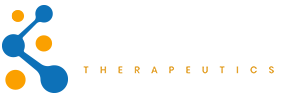
Substance Use Disorders
Increased prevalence of alcohol, illicit and prescription drug abuse represents a considerable treatment challenge for health professionals. In 2018, fewer than 20% of the 21.2 million people in the USA needing treatment for a substance use disorder received any treatment (1). This is, at least in part, driven by the limited number of approved pharmaceutical treatments (with there being none approved for some substance use disorders), their minimal efficacy, and in some cases poor safety and tolerability. Despite this, medication-assisted treatment remains the recommended first line therapy for many substance use disorders. Consequently, there is an urgent need for more effective treatments.
1. Substance Abuse and Mental Health Services Administration (2019) ‘Key substance use and mental health indicators in the United States: Results from the 2018 National Survey on Drug Use and Health’, HHS Publication No. PEP19-5068, NSDUH Series H-54, 170, pp. 51–58. Available at: https://www.samhsa.gov/data/.



